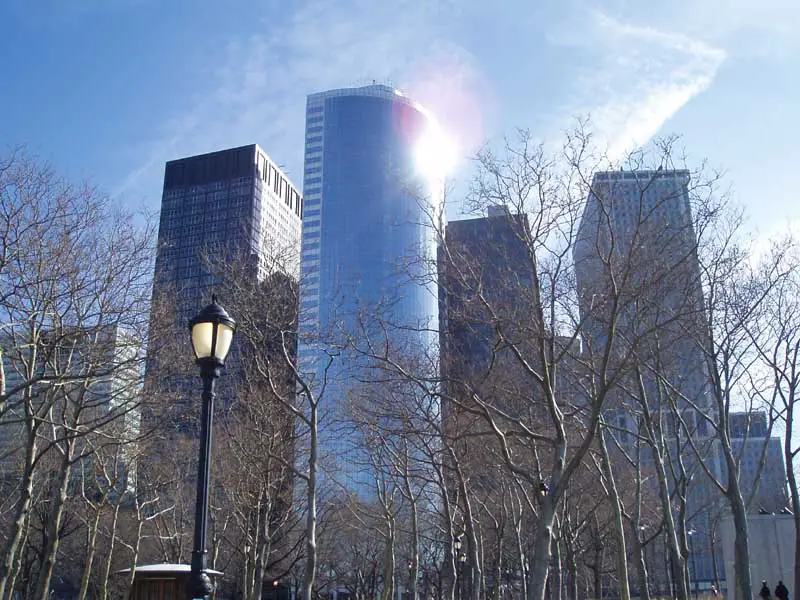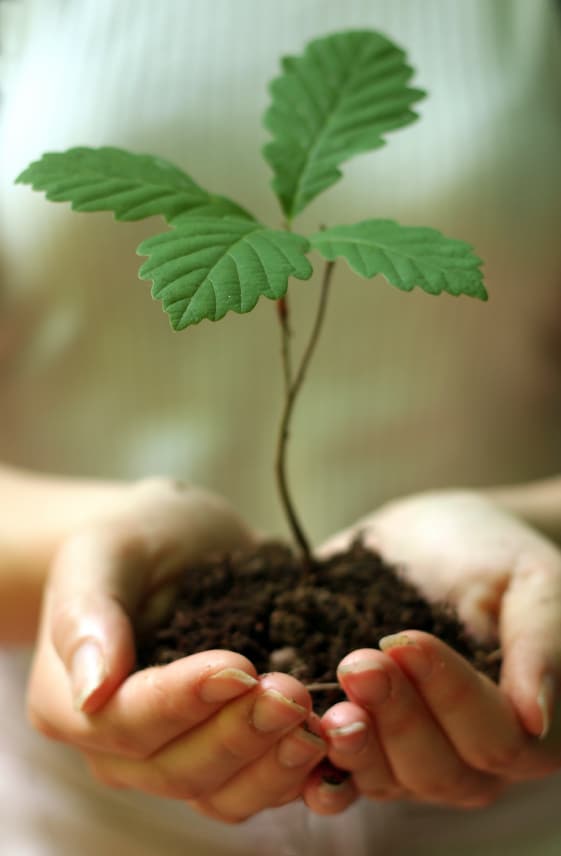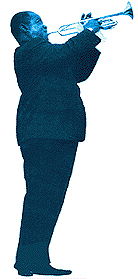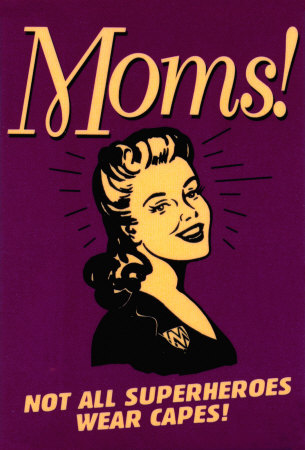
As we get older, we learn to screen out surprises and focus on the patterns that help us to succeed at basic tasks. That's very practical--and awful for our creativity. So here are a few ways you can get your curiosity up and running again.
1. Find three things to ask "why" about, every day. Remember how you drove the grownups crazy with this question, way back when? Drive yourself crazy with it, and you'll regain some of that childhood wonder.
2. Use more of your senses to observe the world. If you're a primarily visual person, use your ears. If you're a primarily auditory person, use your nose. You get the idea. By bringing new information to your brain, you will automatically stimulate its curiosity.
3. Take your head out of the google-verse and start learning from your own experience. Doing it yourself means no more fast answers; instead, you'll have to live with ambiguity. Since ambiguity can be frustrating, that puts your curiosity in the driver's seat.
4. Ask other people what they think about the world. You may be surprised at the diversity of opinion around you. If so, you will become more curious about your options and the way different people think.
5. Change a habit. If you always take the same way to work, choose a different route. Be curious about it. If you always eat the same kind of food, try a different kind. Be curious about that! The point is to change something and let that stimulate your curiosity.
6. Learn something new. This is just plain good for your brain and your personality. Take up the guitar, and then get curious about the history of guitars and guitar music. Study a language, and then get curious about the history of its native speakers. Learning is fun, it makes you smarter, and it kick-starts your creative brain.




































